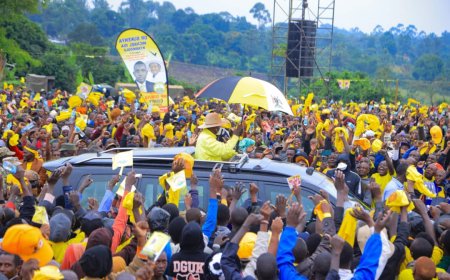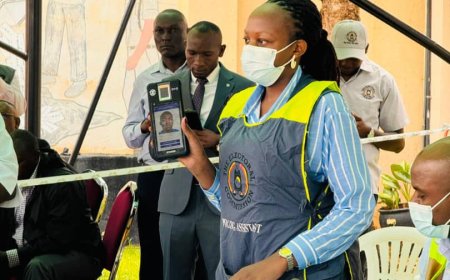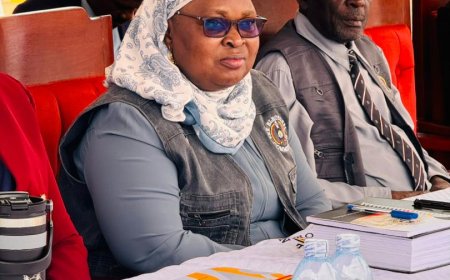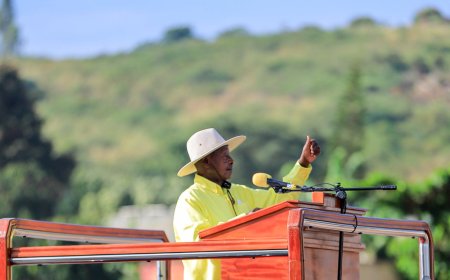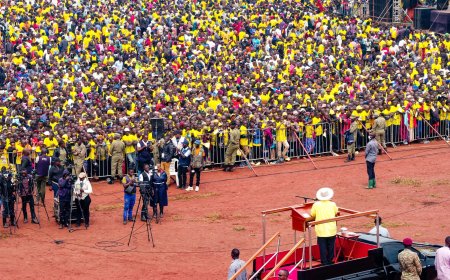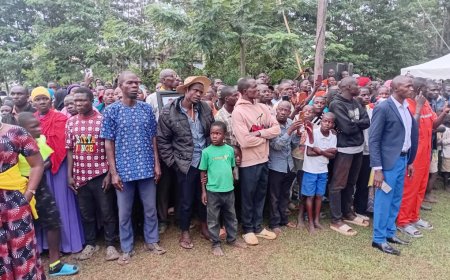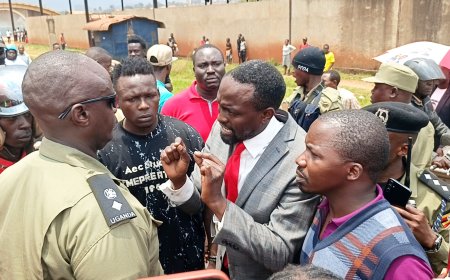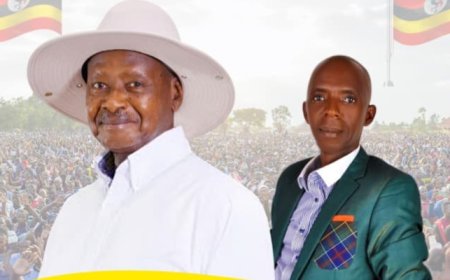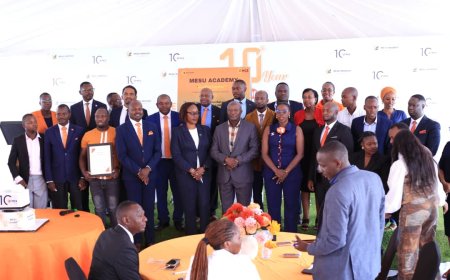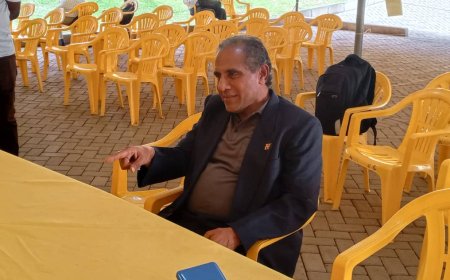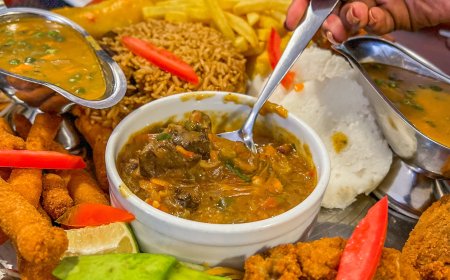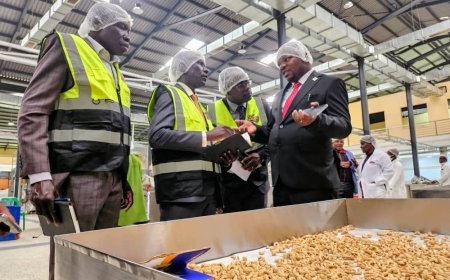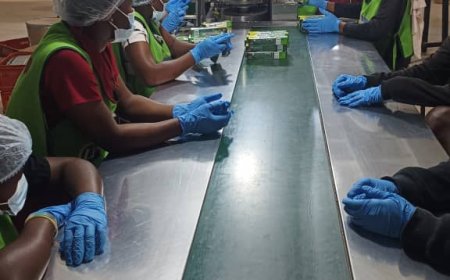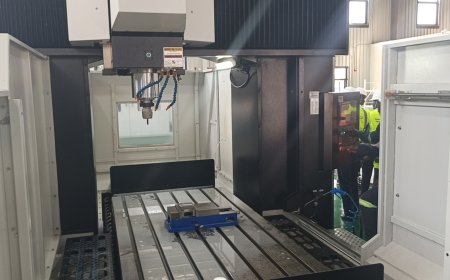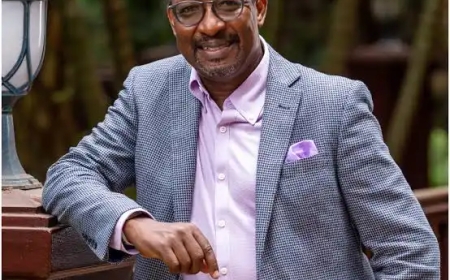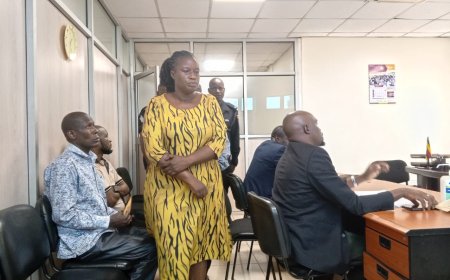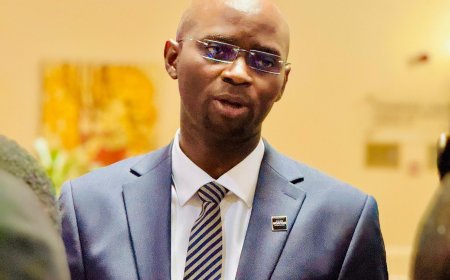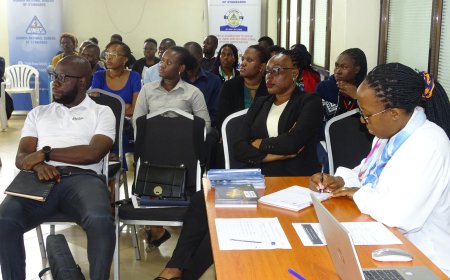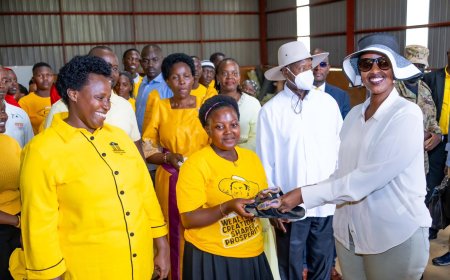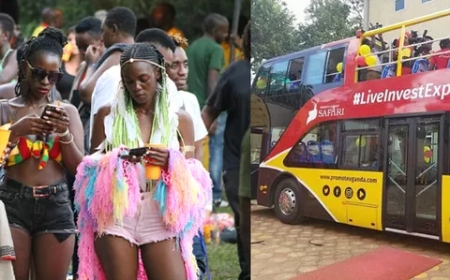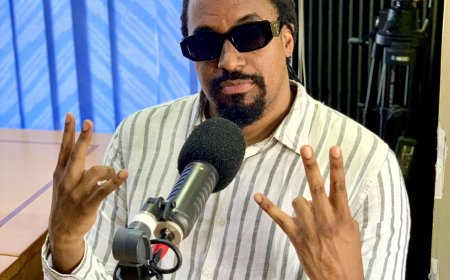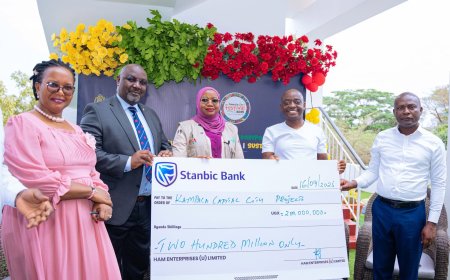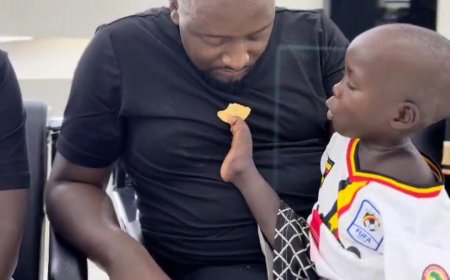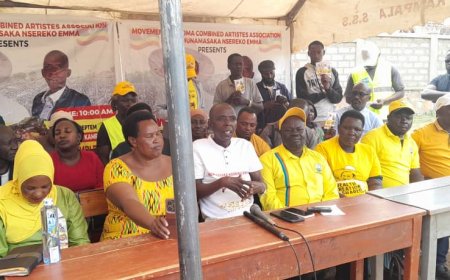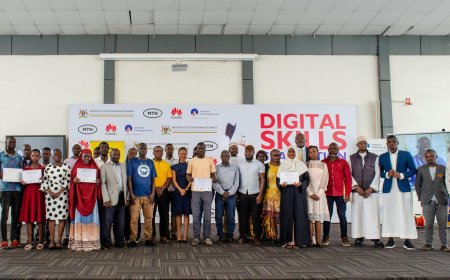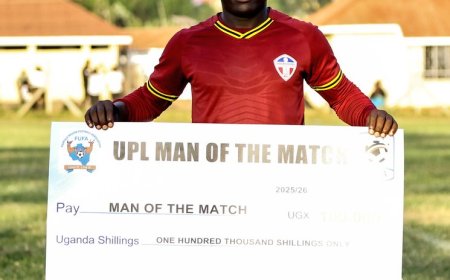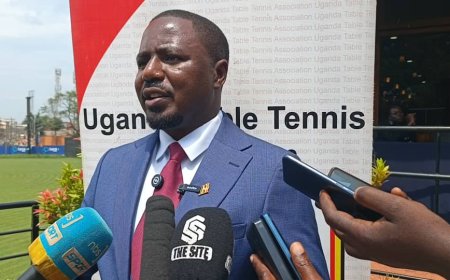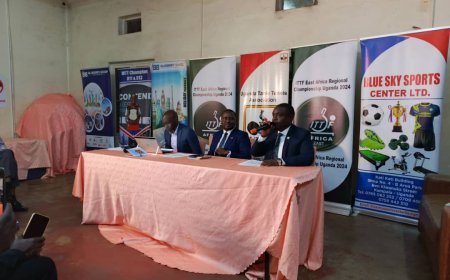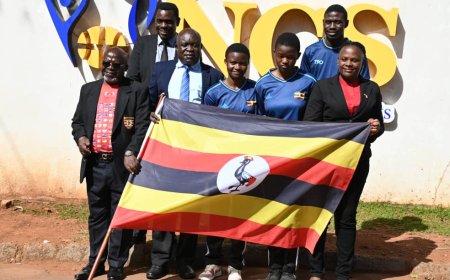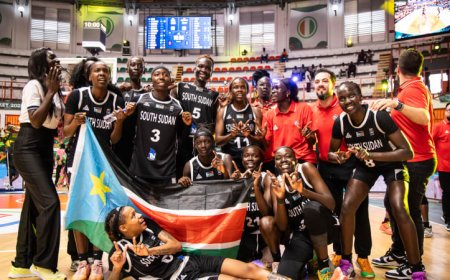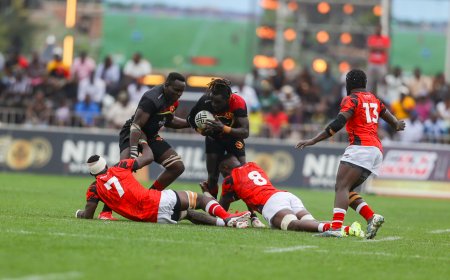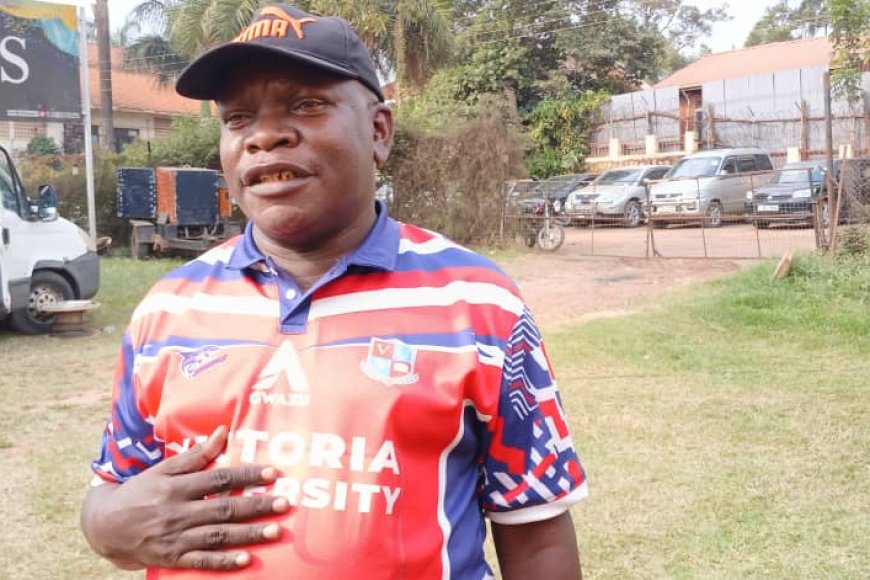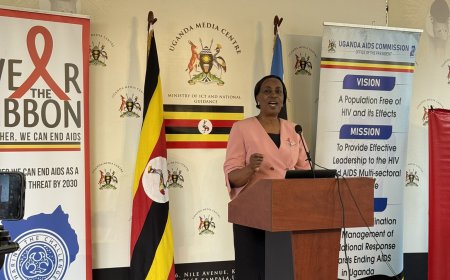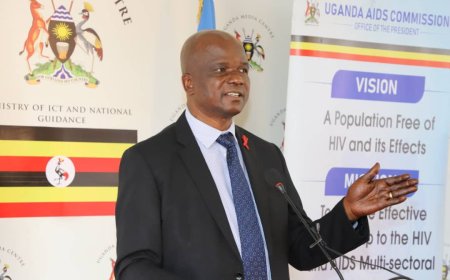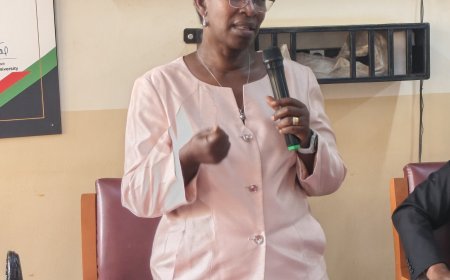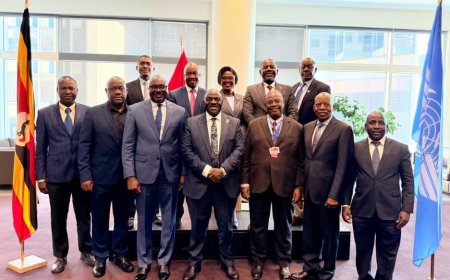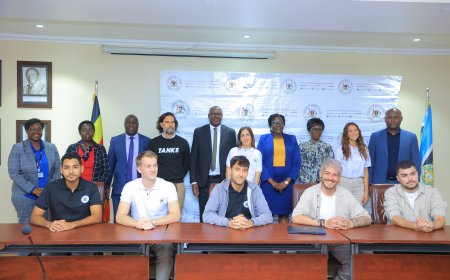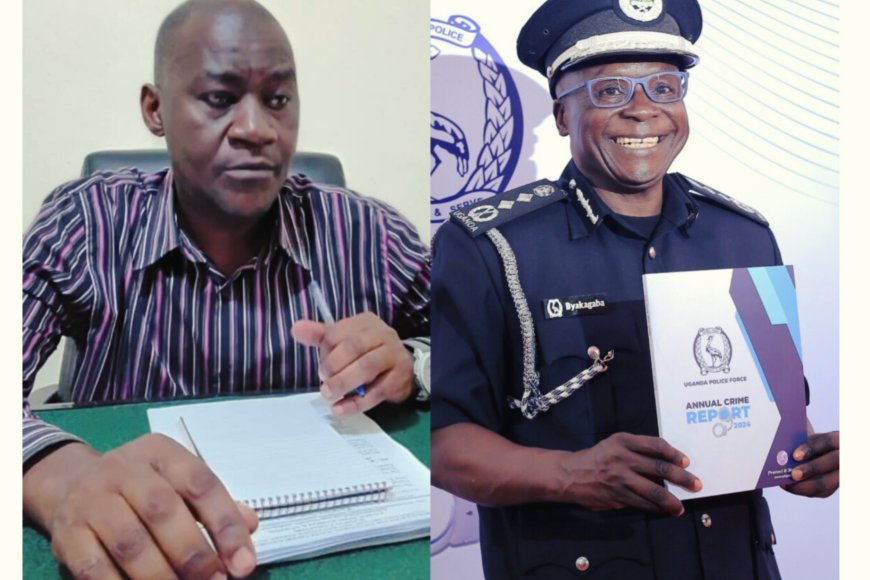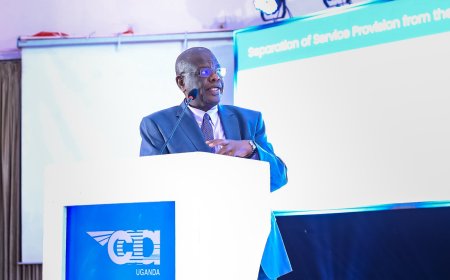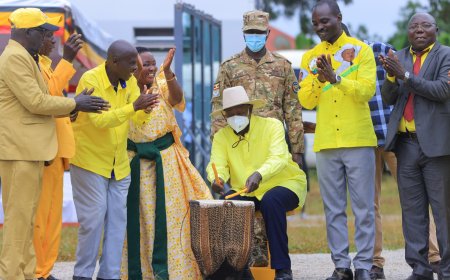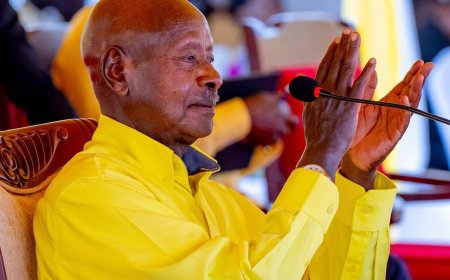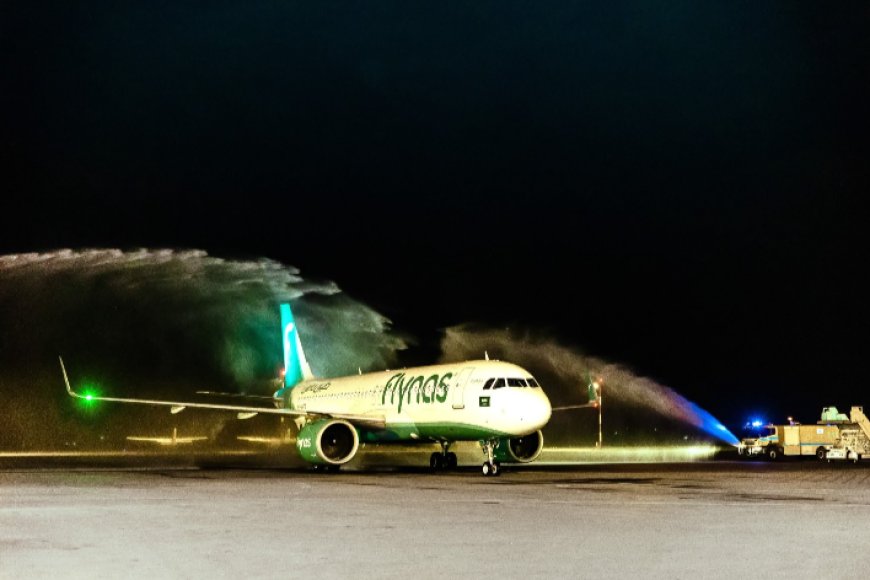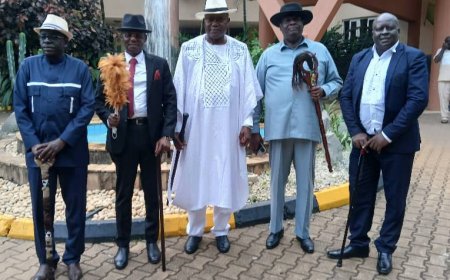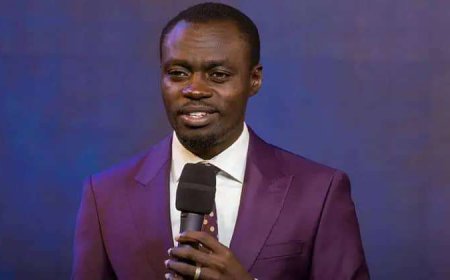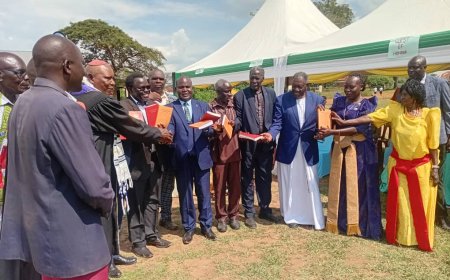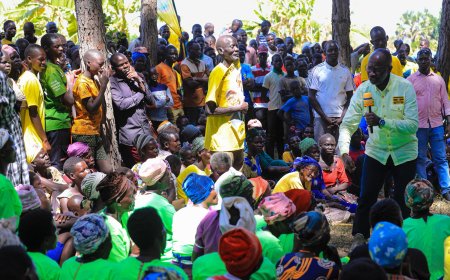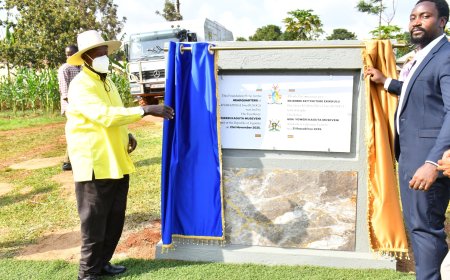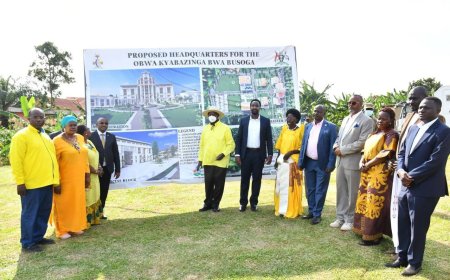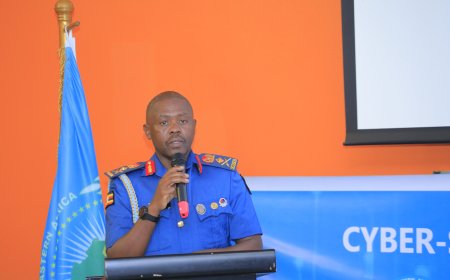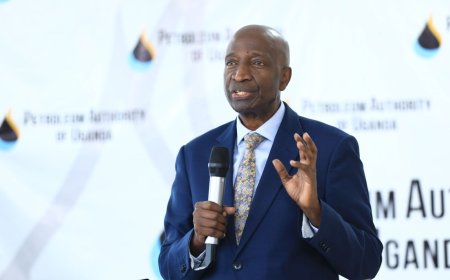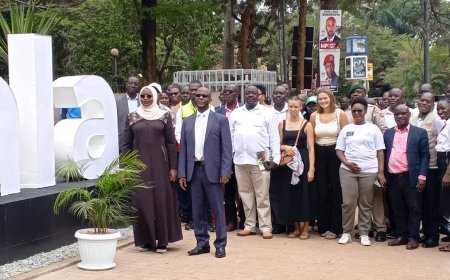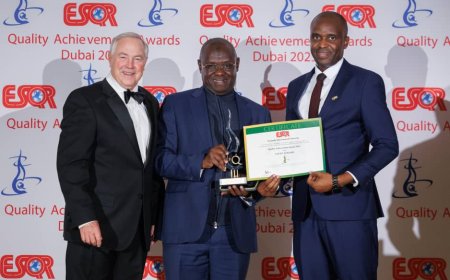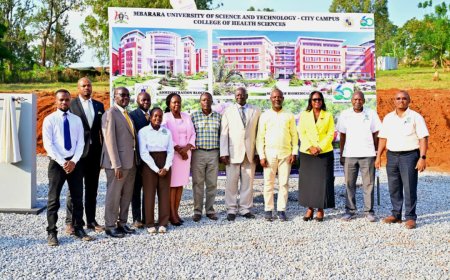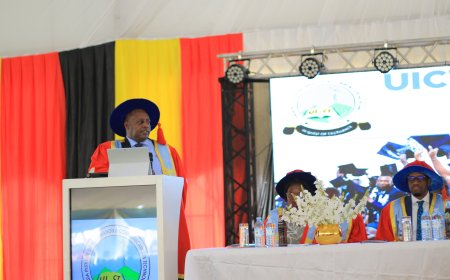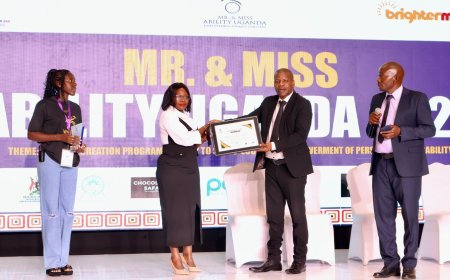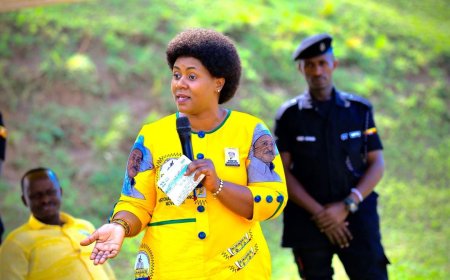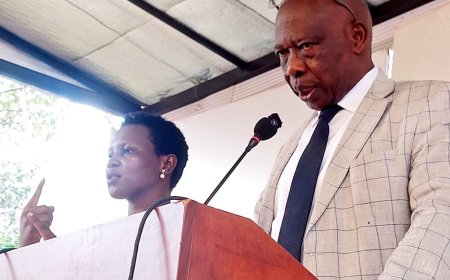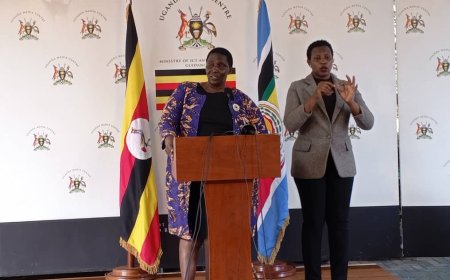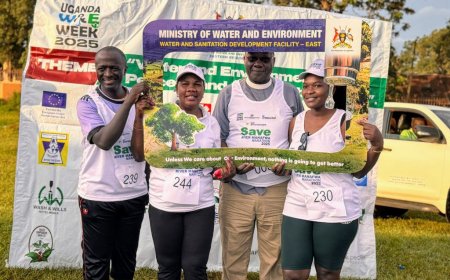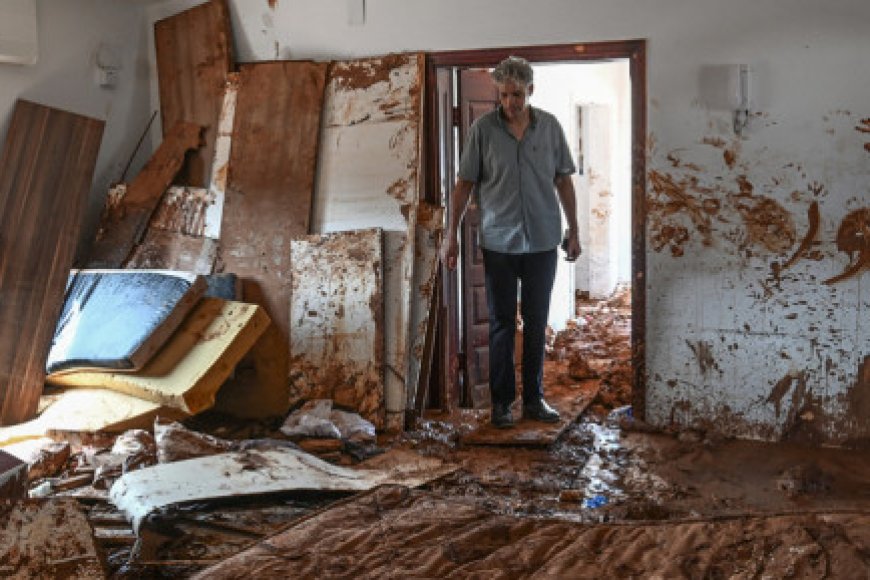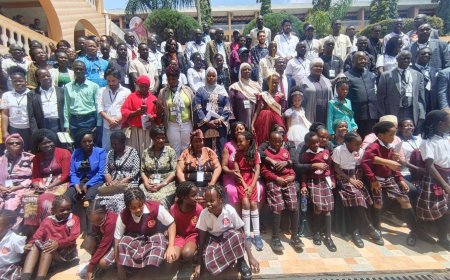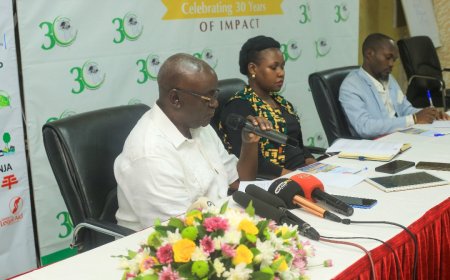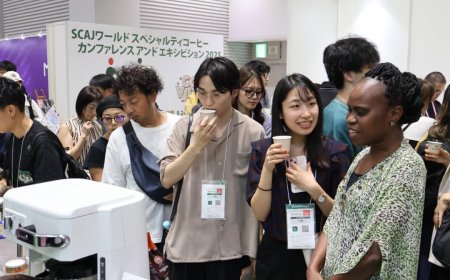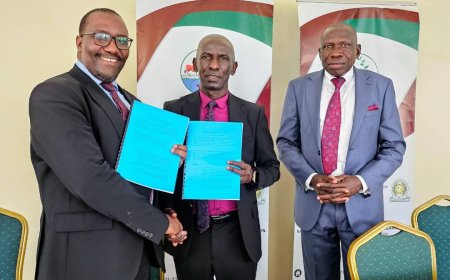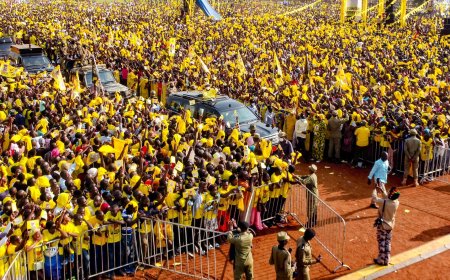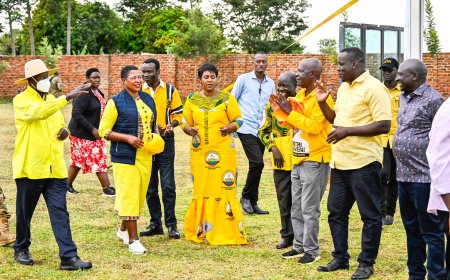President Museveni Kicks Off Campaign Trail in Bugisu Sub-region, Emphasizes Peace, Development, and Wealth Creation
Addressing a large gathering of residents, President Museveni reminded the people of Bugisu that the peace Uganda enjoys today is the cornerstone of all other achievements. He said the NRM government restored stability across the country, creating the foundation upon which development has flourished.

SIRONKO, UGANDA — President Yoweri Kaguta Museveni has officially begun his campaign trail in the Bugisu Sub-region, with a strong message centered on the National Resistance Movement’s (NRM) legacy of peace, development, and transformation. The President began his tour in Sironko District, where he highlighted the tangible progress the region has experienced under NRM leadership.
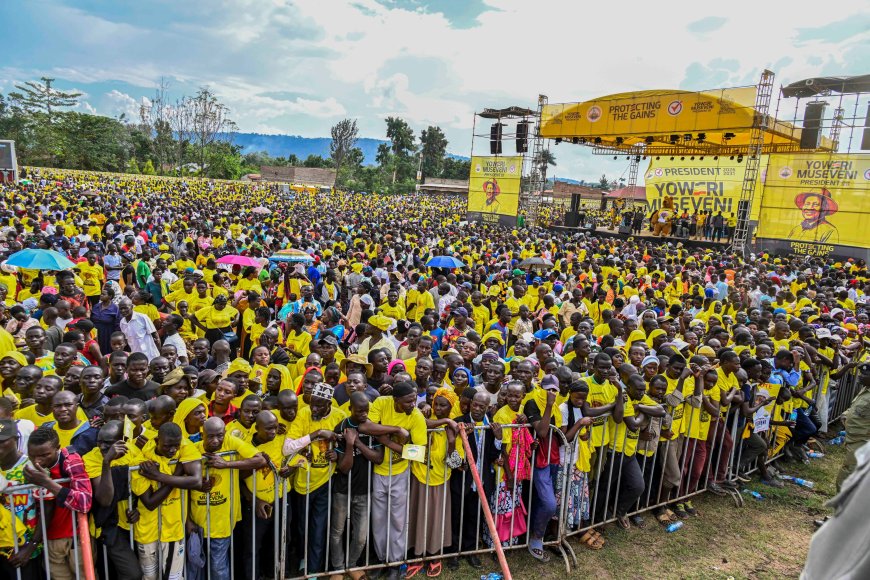
Addressing a large gathering of residents, President Museveni reminded the people of Bugisu that the peace Uganda enjoys today is the cornerstone of all other achievements. He said the NRM government restored stability across the country, creating the foundation upon which development has flourished.
“With peace in Uganda came development, which Sironko now enjoys under the NRM government,” President Museveni said. “When someone asks why you support the NRM, tell them it is the party that brought peace, development, and wealth to Uganda.”
The President outlined the significant strides made in infrastructure, industry, and social services across the region. He pointed to the establishment of industrial parks in Mbale and other districts as evidence of the NRM’s commitment to transforming Uganda from a consumer-based economy into a production-driven one.
“The industrial parks in places like Mbale are transforming our towns from mere trading centres into hubs of production,” he noted.
Museveni further cited the completion of major road projects such as the Mbale–Kapchorwa–Karamoja and Bumbobi–Lwakhaka roads, which have boosted trade and connectivity within the sub-region and beyond. He also announced that work would soon commence on the Namagumba–Budadiri–Nalugugu road to further enhance accessibility in mountainous areas.
Beyond infrastructure, the President emphasized the NRM government’s investment in improving social services, noting that 89% of Sironko’s villages now have access to safe water — a key achievement in public health and rural development. He also assured residents that government is continuing to upgrade health centres to ensure every sub-county has at least a Health Centre III, guaranteeing access to essential healthcare services for all.
Museveni’s message in Bugisu reinforced his longstanding philosophy of peace, development, and wealth creation, the three pillars he says have lifted millions of Ugandans from poverty. He urged citizens to embrace government programs such as the Parish Development Model (PDM) and Emyooga, which aim to boost household incomes and create self-sustaining communities.
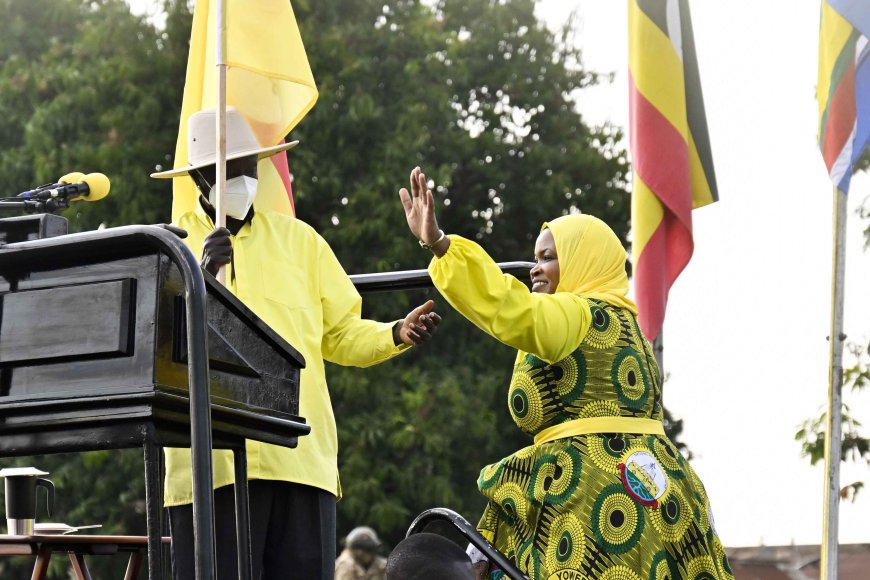
As the campaign trail begins in Bugisu, President Museveni’s tone remains consistent with his broader national message — that the NRM’s record of ensuring peace and spearheading development is unmatched. His visit to Sironko marks the start of a broader engagement across Eastern Uganda, where he is expected to interact with farmers, entrepreneurs, youth, and local leaders to discuss opportunities for inclusive growth.
The President’s rallying call to the people of Bugisu was clear: to continue safeguarding the peace achieved under the NRM government and to build upon the foundations of economic transformation that are reshaping the region.
Key Achievements Highlighted by President Museveni in Bugisu:
89% of Sironko’s villages now have access to safe water. Major road networks constructed:
Mbale–Kapchorwa–Karamoja and Bumbobi–Lwakhaka.
Namagumba–Budadiri–Nalugugu road to be developed.
Industrial parks established in Mbale to drive production and job creation.
Upgrading of health facilities to ensure each sub-county has a Health Centre III.
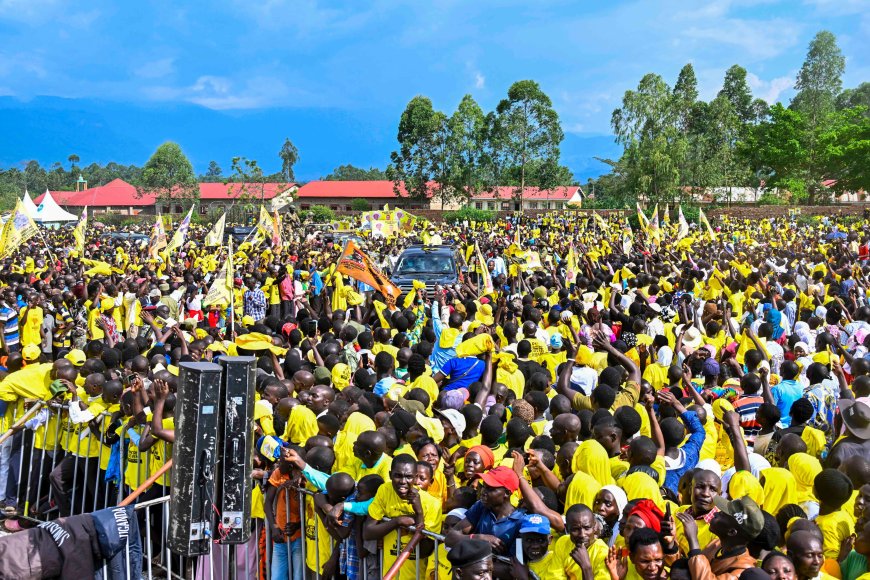
President Museveni’s message signals the NRM’s continued focus on consolidating peace, deepening infrastructure development, and driving Uganda toward middle-income status through industrialization and rural transformation.
